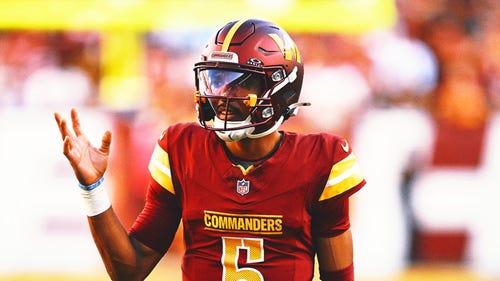
NFL Concussion Settlement Draws Supreme Court Petition

The NFL and it’s Concussion Litigation May Be Headed to the Supreme Court of the United States As A Result of It’s Lowball Settlement Offer
Earlier today, the Supreme Court of the United States was petitioned by one of the plaintiffs in the NFL’s current concussion litigation to reject the NFL’s proposed settlement. Today’s petitioner is the second member of the plaintiff class who have disagreed with the settlement.
This is significant news: not only in the sports world but the legal sphere as well. The NFL’s current proposed settlement is valued over $1 Billion, offering payments of anywhere between $100,000 to $4 million per plaintiff.
If the Supreme Court finds that the NFL’s settlement does not adequately redress the injuries of the plaintiffs, those amounts could multiply exponentially.
Although it seems like a huge amount, the NFL’s current proposed settlement is woefully inadequate.
In the instant case, the NFL has agreed to compensate victims of Chronic Traumatic Encephalopathy (CTE up to $4 million dollars). This is problematic because CTE can only only be diagnosed post-mortem. Basically meaning after someone has died from the disease.
Thus, the NFL’s current settlement does not compensate any future victims of CTE, only those who are already deceased. Further, there is a cut-off date for anyone who has already died of CTE. However, it does not compensate victims of the disease who died after that date.
Oct 26, 2014; Cleveland, OH, USA; Cleveland Browns tight end Jordan Cameron (84) is looked at after suffering a concussion against the Oakland Raiders at FirstEnergy Stadium. Mandatory Credit: Ken Blaze-USA TODAY Sports
In a massive class action litigation such as this, there are plaintiffs who file from multiple geographic areas called jurisdictions. This causes an affect on the litigation because it means that specific jurisdictions where the plaintiffs are located have to agree with the settlement on a national level.
One of the issues related to this case– the treatment of different types of members in a class action law suit– is also what could arouse the Supreme Court’s interest in the case. The U.S. federal court agrees with the settlement in Philadelphia’s jurisdiction whereas the judge in the New York-located U.S. federal court feels differently.
This scenario, historically, has lead to intervention by the Supreme Court: differentiating opinions between different circuits on a federal level.
In the event that this case does end up in front of ‘SCOTUS,’ the concussion plaintiffs could benefit greatly and leverage this in negotiations to procure a better settlement.
Regardless of what happens in this case, the NFL’s war with CTE is not going away. Some estimates presume that nearly 90% of NFL players have the terminal disease.
At the local and grassroots level, parents are beginning to fear for the neurological health of their football playing children. The NFL has to be concerned about a potential drop off in it’s future talent pool.
The reality is that Chronic Traumatic Encephalopathy is football’s silent killer, a work-place hazard unlike any other. It is the release of tar-like matter (called Tau protein) into the cortexes of the brain in a self-damaging effort to avoid brain damage.
After enough hits to the brain, the Tau protein eats away at the brain causing the buildup of black plaque and the slow, dementia-like erosion of the brain.
For years, the athletic community has been trivializing the effects of concussions. At the turn of the twentieth century, a commission of the athletic leagues met at the White House with President Roosevelt to discuss the rise in deaths in collegiate football and professional boxing.
More from With the First Pick
The parties departed Washington only having named post-concussion syndrome as something called, “Punch Drunk Syndrome.”
Going forward, medical research has rapidly developed since the inception of Punch Drunk Syndrome. Yet the NFL’s seriousness of the issue still feels about the same.
In the early 2000’s, Pittsburgh medical examiner Bennett Omalu discovered CTE for the first time. He found it in the brain of former Steeler Mike Webster.
The NFL spent the next decade denying the correlation between concussions and CTE.
The NFL was caught attempting to manipulate government run public health studies on concussion research.
Will the Supreme Court of the United States finally be the group that makes the NFL take concussions seriously? The ‘challenge flag’ that the plaintiffs threw today suggest SCOTUS may have a role to play.
This article originally appeared on











